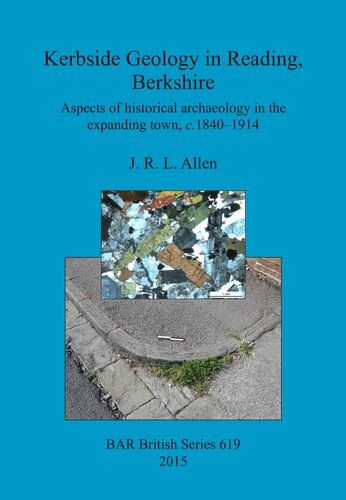

Most ebook files are in PDF format, so you can easily read them using various software such as Foxit Reader or directly on the Google Chrome browser.
Some ebook files are released by publishers in other formats such as .awz, .mobi, .epub, .fb2, etc. You may need to install specific software to read these formats on mobile/PC, such as Calibre.
Please read the tutorial at this link: https://ebookbell.com/faq
We offer FREE conversion to the popular formats you request; however, this may take some time. Therefore, right after payment, please email us, and we will try to provide the service as quickly as possible.
For some exceptional file formats or broken links (if any), please refrain from opening any disputes. Instead, email us first, and we will try to assist within a maximum of 6 hours.
EbookBell Team

4.0
66 reviewsBetween 1801 and the First World War the population of the Borough of Reading increased almost tenfold, simultaneously with the growth of new industries. The authorities responded by delineating new streets and encouraging development in districts springing up mainly to the east, south and west beyond the original market town. The Borough's Highways Committee, helped by legislation, played a major role in managing and guiding these activities, especially in the later part of the nineteenth century. Largenumber of bricks burnt from local clays were used to build houses, shops, schools, chapels and churches required in these new suburbs, but the making of the streets called for the procurement of stone from far and wide. This volume discusses the geological features, spatial distribution and geographic sources (such as south Oxfordshire, Wales, Leicestershire and as far away as Norway) of the types of stone used for road construction in Reading in the late nineteenth and early twentieth centuries.